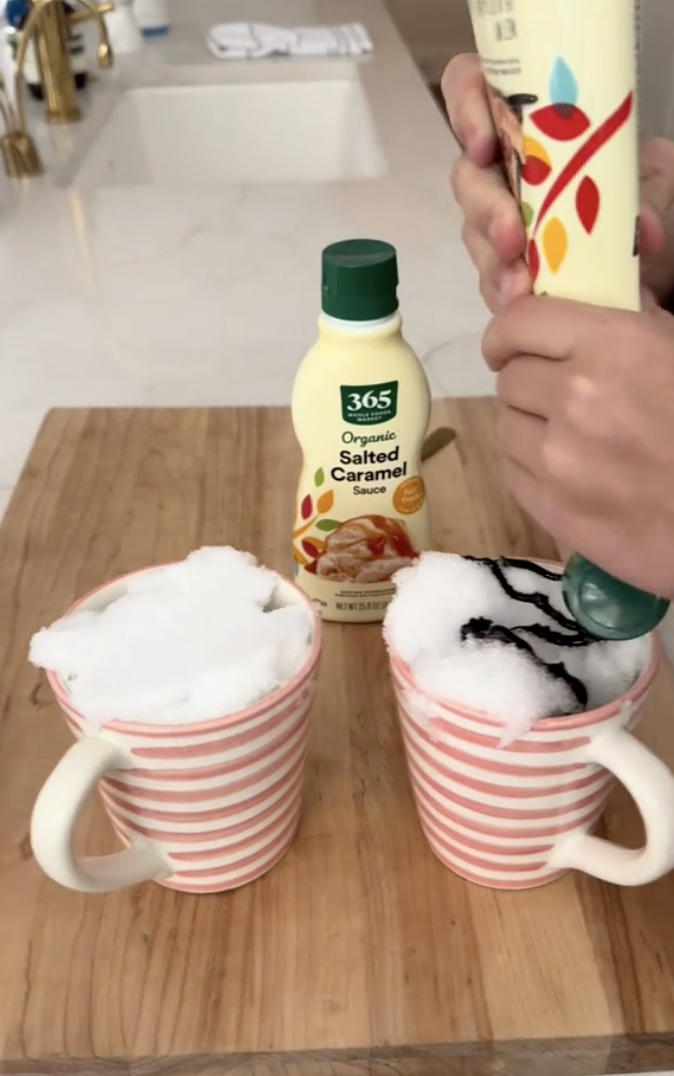At this point, we've probably all seen that viral video of Reese Witherspoon making what she referred to as a "snow salt chococinno" out of snow that was scooped up from her backyard.

Despite Reese describing the concoction as "so good", many commenters voiced their concerns over her using fresh snow, claiming that it can be "dirty" and make you sick.
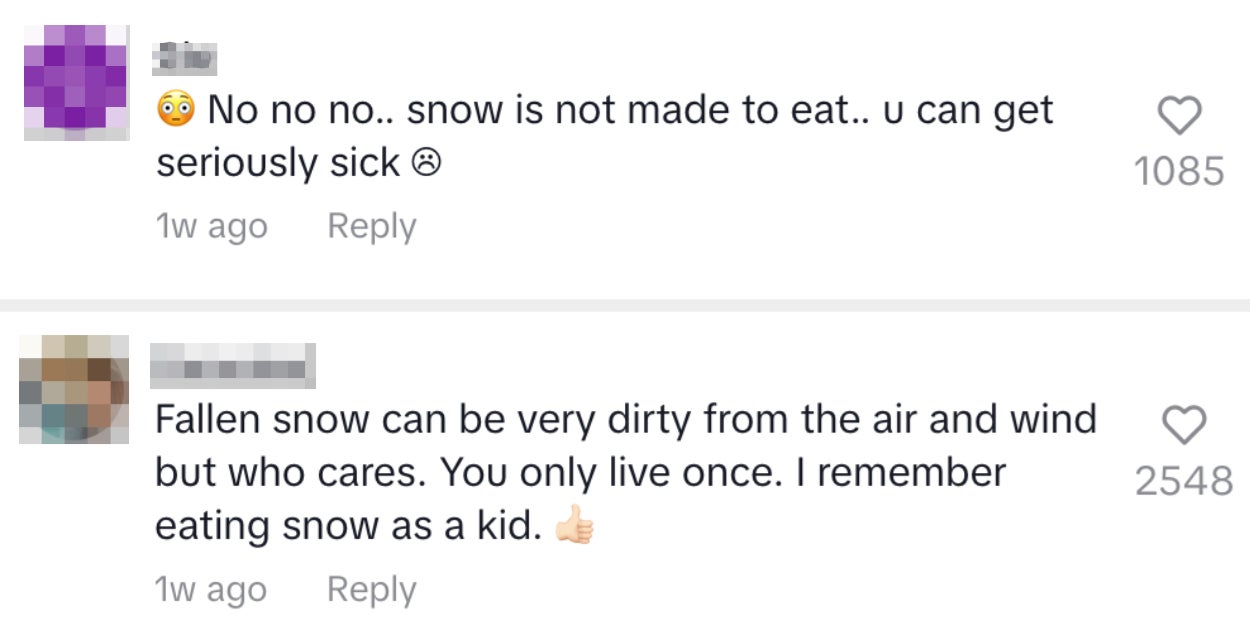
Others mentioned that making ice cream out of snow is something they'd grown up doing and saw no problem with Reese's recipe. "I am still alive," one commenter said.
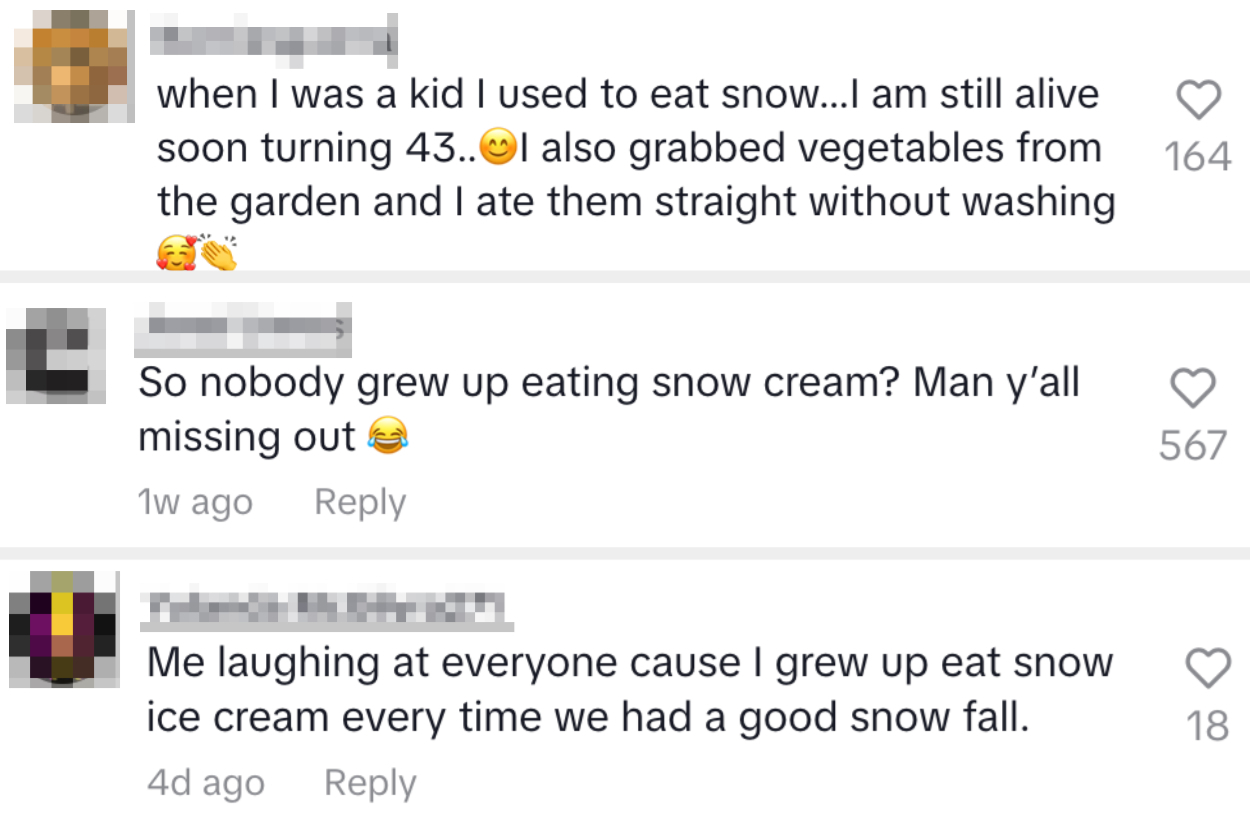
We even got more recipes, including one for "Pawpaw's Snow Cream":

Judging from the comments, it seems snow cream has been around for a while, and Reese certainly isn't the first to make it. There's this recipe from 2014 that calls for milk, granulated sugar, vanilla extract, sea salt, and eight cups of fresh snow. Or this Reddit post of a similar snow cream recipe that was shared six years ago. Comments on other snow cream videos also mention that they've been making this homemade "ice cream" for generations.
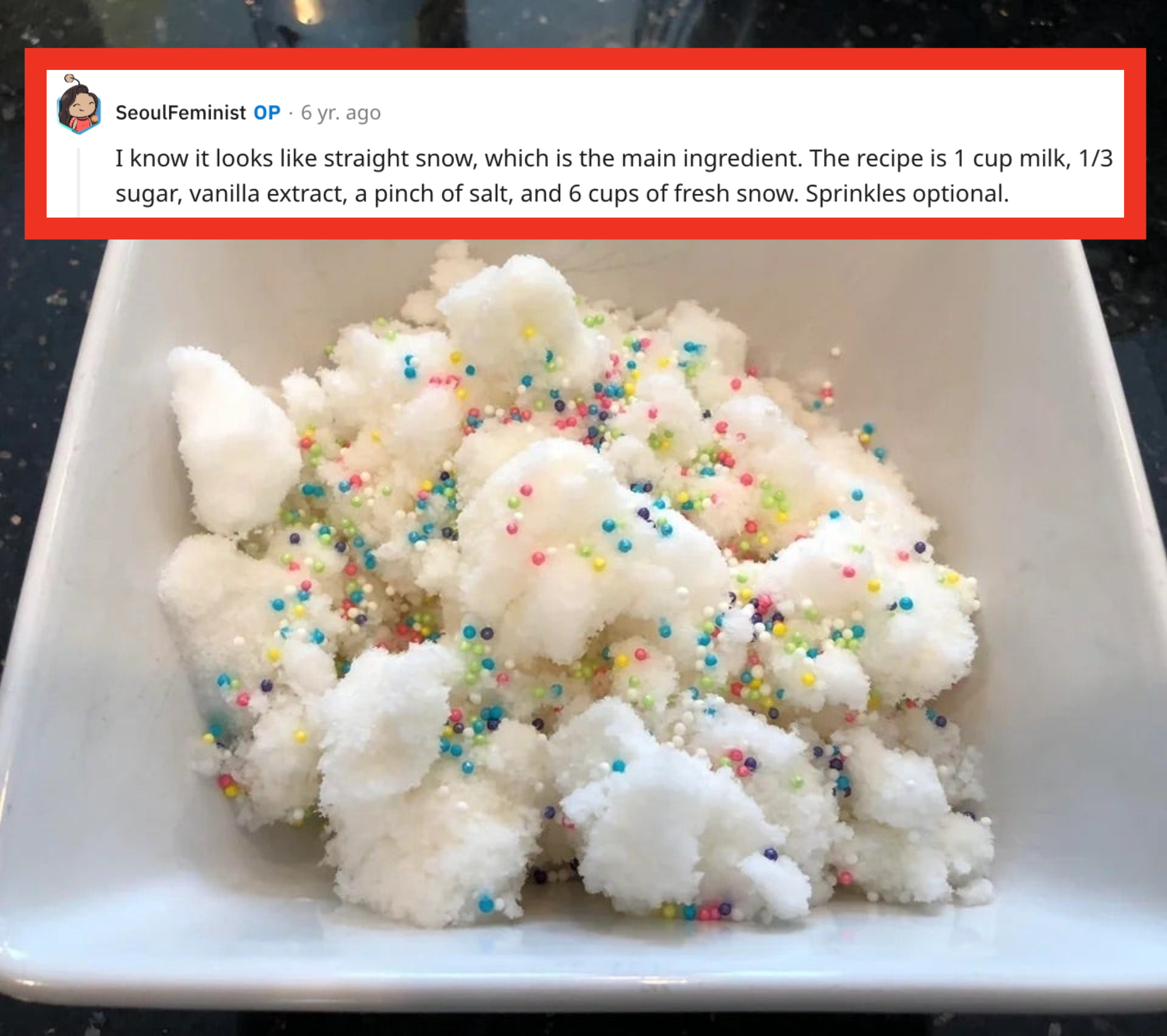
I, for one, have been seeing variations of snow cream all over social media, especially in the past couple weeks as much of the US and Canada got their first major snowfall. One recipe on TikTok even has 40 million views and over 30,000 comments from users who are either pro or against snow cream.

With all the controversy, I was curious as to whether or not ice cream made out of snow was safe to consume. So I reached out to Bryan Quoc Le, a food scientist who has spent the past four years as an industry consultant for a number of companies.
So, can we all start munching on snow from our backyards? Well, it depends. "If the area experiences significant vehicle traffic, foot traffic, or wind, the snow could be contaminated with dust or dirt. Urban areas with heavily polluted air can produce contaminated snow," Bryan told BuzzFeed, "However, if the snow appears white and has not been disturbed, there are few short effects and it is unlikely to be contaminated with bacteria or pathogens."
According to Bryan, "Most microorganisms are slowed down or inhibited by the temperatures reached by snow."
The amount of snow that would be considered "safe" to consume will also depend on pollution levels in the atmosphere and surrounding surfaces. "As water crystallizes in the upper atmosphere, several types of compounds and particles can adsorb to the surface of the water crystals. Cold temperatures reduce the ability of these pollutants to evenly disperse in the air, so they are collected by the water crystals," Bryan explained.
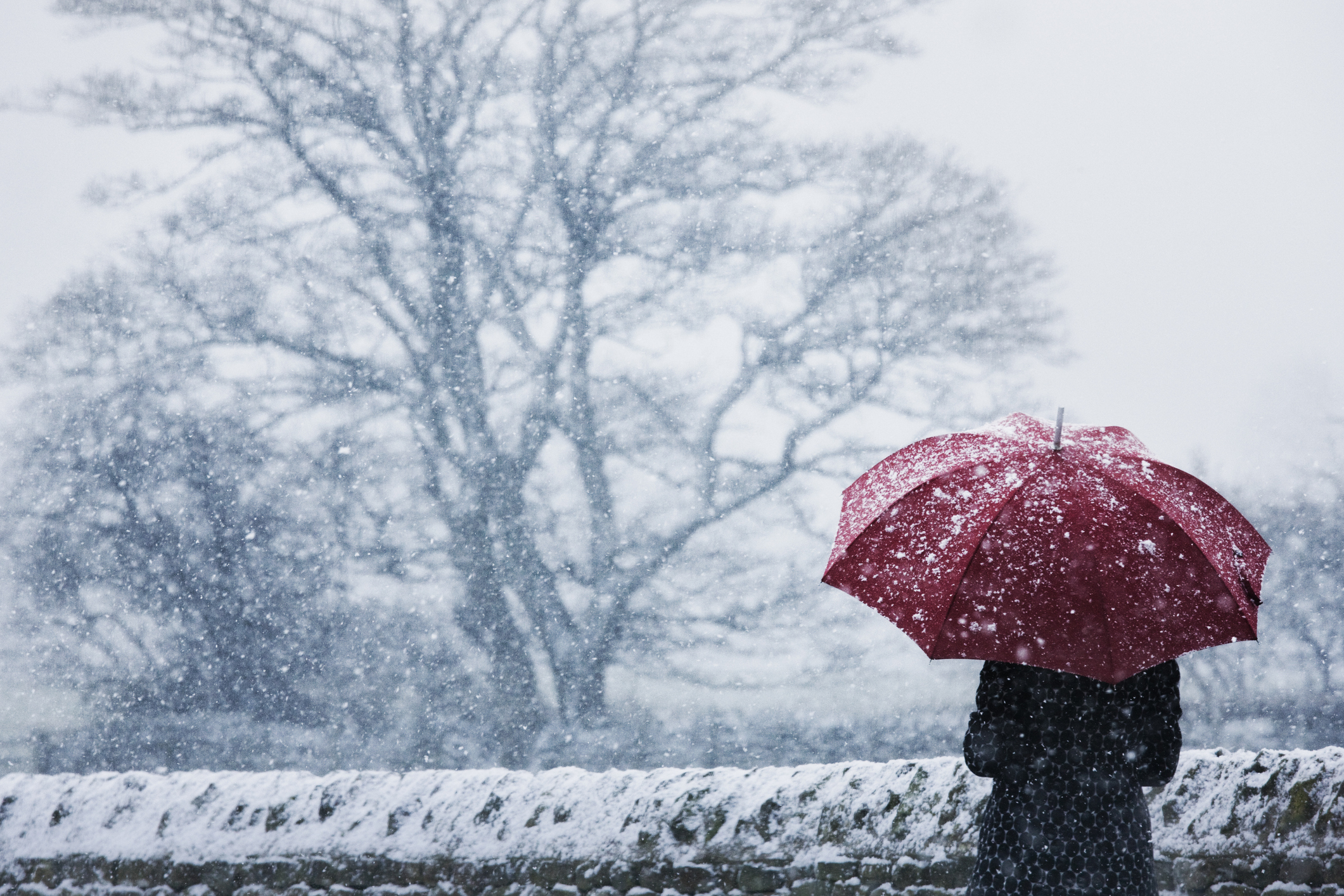
Whereas pollutants present in rainwater are diluted by groundwater and soil and broken down by microorganisms (like fungi), pollutants found in snow "are largely organic compounds that are insoluble in water, and can come from gasoline emissions, coal-based emissions, and petrochemical pollution," Bryan said, "Many of these compounds can be carcinogenic in high concentrations and with long-term exposure."
So, unlike snow, the fruits and vegetables we eat every day that are touched by rain water are less likely to contain these pollutants.
And if, like me, you started to dive way too deep into the snow cream side of TikTok, you may have also seen this video of snow under a microscope. At first, it looks pretty unsettling, but Bryan reassured me that there's nothing that's particularly concerning. "Most of what's found under a microscope is dust or dirt, but for the most part are fairly harmless particles that would be found in any environment, even on food or in drinking water," he explained, "Any true hazards are already dissolved and cannot be seen under the microscope."

As for Reese's video, Bryan also didn't notice anything that was cause for concern. "I would have attempted to scrape more of the snow on the top and away from any solid surfaces, as those could have collected dirt or dust, but that's just a personal preference," he said.
At the end of the day, Bryan told BuzzFeed that there is no real consensus on the long-term effects of eating snow. And if you do plan on making snow cream, he advises seeking out clean, untouched snow that is not discolored or partially melted. You should also "wait for several hours after the first snow, when most of the pollutants have been adsorbed by the first snowfall," he mentioned.
